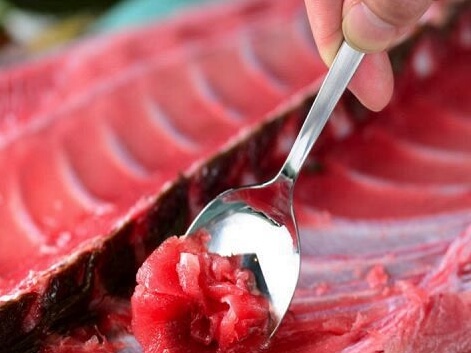In the United States, Sea Bream is often called a Red Snapper. However, strictly speaking, this is not correct.
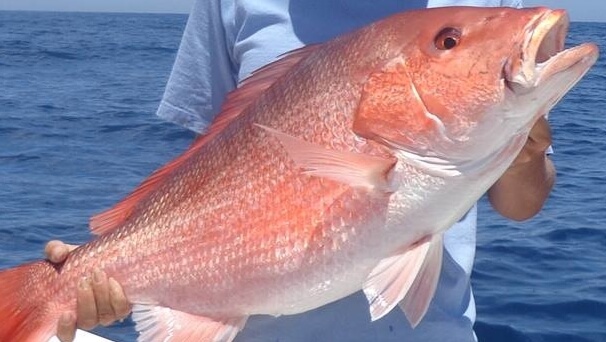 Biologically, Snapper is a generic term for all species in the snapper family (Lutjanidae). Over 100 different species of snapper inhabit tropical coastal waters. Red snapper is mainly fished in the Gulf of Mexico.
Biologically, Snapper is a generic term for all species in the snapper family (Lutjanidae). Over 100 different species of snapper inhabit tropical coastal waters. Red snapper is mainly fished in the Gulf of Mexico.
They are called American red snapper or Northern red snapper in supermarkets. The scientific name is Lutjanus campechanus.
And there is another species of fish called the Red Snapper. The Australasian snapper or silver seabream (Japanese name is Goushu-madai) is a species of porgie found in the coastal waters of Australia, Philippines, Indonesia, Taiwan, and New Zealand. It is a close relative of the Japanese Tai and similar in shape, but the body color of this species is golden pink, with a lighter reddish tinge than Tai, and the blue spots are lighter in color and somewhat larger. The flesh is softer than that of the Madai because it has passed the rigor mortis stage before being imported to Japan. It has a light flavor that can only be found in natural products. The black capillaries on the flesh are noticeable, which may bother some people. Its scientific name is Chrysophrys auratus (Forster, 1801).
So, what is the fish that Japanese sushi restaurants call “Tai”?
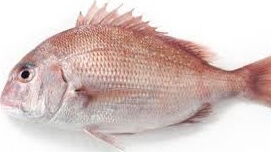 They say there are over 300 different species of fish with “Tai” in the name, making up 10% of Japan’s fish. When we say “Tai” in Japanese, we are referring to “madai” or red sea bream. Red sea-bream is categorized in the “madai” family (Sparidae).
They say there are over 300 different species of fish with “Tai” in the name, making up 10% of Japan’s fish. When we say “Tai” in Japanese, we are referring to “madai” or red sea bream. Red sea-bream is categorized in the “madai” family (Sparidae).
Incidentally, relatives of the sea bream often served at sushi restaurants include red sea bream (madai), crimson sea bream (chidai) and yellowback sea bream (kidai). While “kinmedai” (Splendid alfonsino) and “amadai” (horsehead tilefish) have the name “tai/dai” in them, they are not part of the same family as “tai”. Splendid alfonsino is a type of deep-sea fish.
In American supermarkets, Porgy (Stenotomus chrysops) is sold, which has a beautiful cherry color and looks like Tai itself. However, the taste is different from that of Tai, being softer and lighter in flesh. Around New York and New Jersey, it is called Porgy, and in Massachusetts, it is called Scup. It is native to the Atlantic Ocean.
Red sea bream and red snapper look similar, but when served as sushi, their texture and flavors are entirely different. So if you come to Japan, please try and eat natural madai. There is no “zatsumi” (overpowering bitterness) and it has a slight sweetness to it. This is the taste of tai, known as the king of the white fish. Just for your own reference.
[sc_apply url=”https://sushiuniversity.jp/apply/”]
Related Contents:
Red seabream (Tai)
CLASSIFICATION OF NIGIRI SUSHI
We hope this information will be helpful.

Revision date: June 8, 2044
Share this article
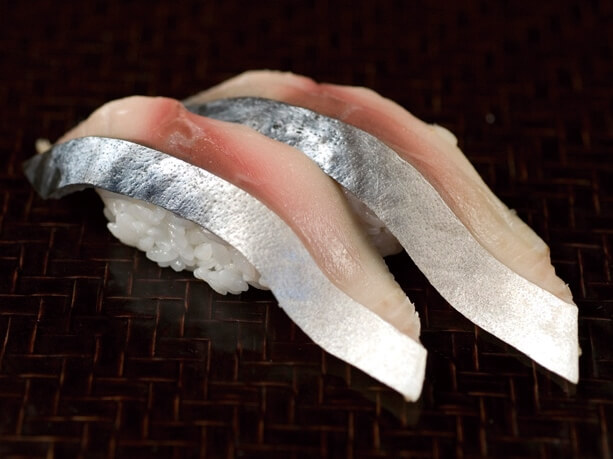 When you sit at the counter and order nigiri a la carte, they will come out in pairs.* There is nothing wrong with counting these in the regular Japanese way “ikko,” “niko.”
When you sit at the counter and order nigiri a la carte, they will come out in pairs.* There is nothing wrong with counting these in the regular Japanese way “ikko,” “niko.”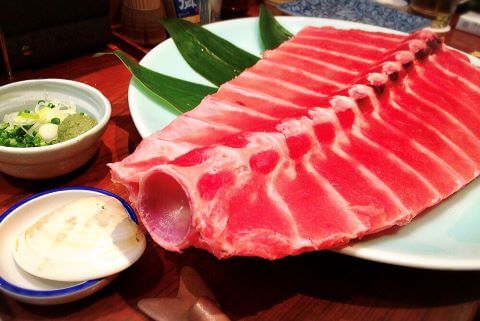 First, what do you imagine when you hear the word “negitoro”?
First, what do you imagine when you hear the word “negitoro”?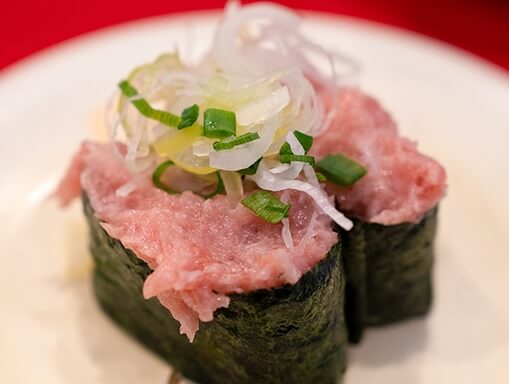 First of all, the lowest in the ranking are the offcuts of tuna that can’t be made into sashimi (mainly Yellowfin or Albacore tuna) and this is mixed with vegetable oil and minced. The type of onion used is normally green onions. You can pick this type out because it will be whitish in color. This version is normally served at conveyor belt sushi.
First of all, the lowest in the ranking are the offcuts of tuna that can’t be made into sashimi (mainly Yellowfin or Albacore tuna) and this is mixed with vegetable oil and minced. The type of onion used is normally green onions. You can pick this type out because it will be whitish in color. This version is normally served at conveyor belt sushi.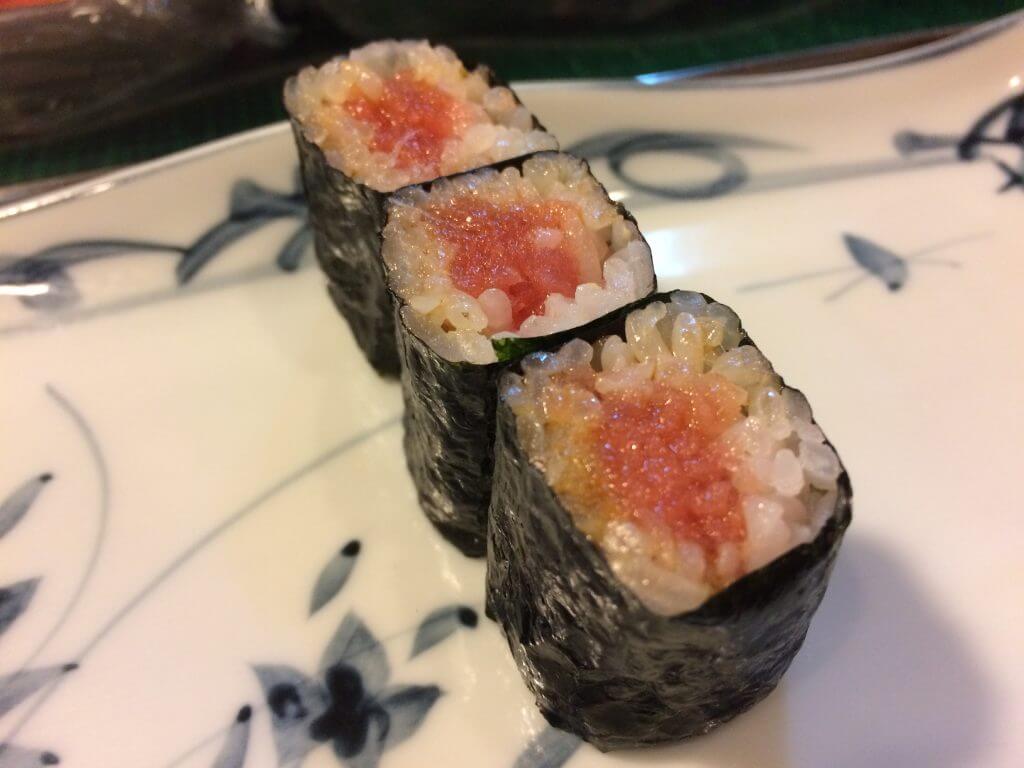 High quality negitoro uses the nakaochi of
High quality negitoro uses the nakaochi of 